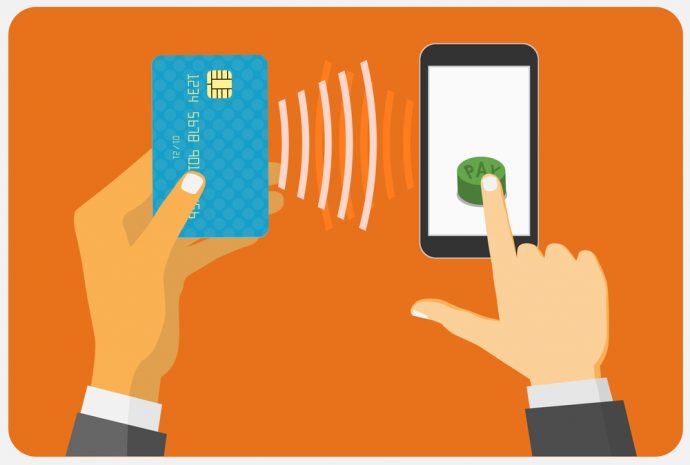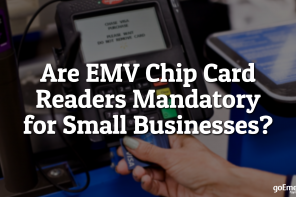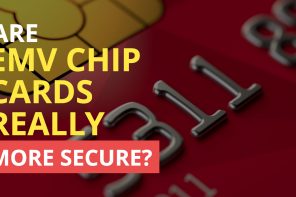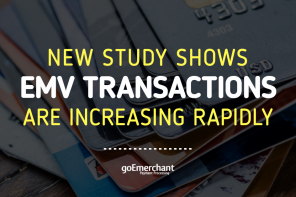EMV® and NFC are acronyms for complementary technologies that enable secure, contactless payments. EMV was named after the original organizations — Europay, MasterCard® and Visa® — that created a new security standard requiring security chips be embedded in credit cards. EMV payments are made with contact and contactless chip cards, or with a mobile NFC device emulating a contactless chip card.
NFC (Near Field Communication) is not a payment technology; it applies to how devices communicate. It is a set of standards that enables proximity-based communication between consumer electronic devices such as mobile phones, tablets, and personal computers. NFC communications technology enables contactless EMV payments.
Contactless payment transactions made using mobile NFC devices use the same infrastructure as contact and contactless EMV chip card transactions. Although EMV technology is relatively new to the United States, it is already in wide use around the world. The Smart Card Alliance not-for-profit, multi-industry association reports that 80 countries globally are in various stages of migration to EMV chip technology, including Canada and now the U.S.
The distinguishing feature of EMV chip transactions is that the payment application resides in a secure chip, embedded in a plastic payment chip card (or smart card). It can also be in a personal device such as a mobile phone, or in wearable forms such as wristbands or watches. The embedded microprocessors provide stronger transaction security features and other capabilities that are not available from traditional magnetic stripe cards.
Three key elements of the EMV chip that enable secure consumer payments include its processing functions and abilities to store confidential information very securely and perform cryptographic processing that helps keep the data safe. A process called dynamic authentication generates a unique code for each individual transaction. This level of sophistication is not available in mag stripe cards. EMV technology makes it much more difficult for thieves to steal, sell, or use payment data for unauthorized purchases.
As mentioned previously, NFC short-range wireless technology allows app-equipped smartphones and other mobile devices to communicate with enabled terminals when they’re in close proximity. It is sometimes known as tap-and-go technology and it’s already being used for mobile contactless payments at traditional points of sale devices as well as non-traditional locations like vending machines.
Additionally, NFC-enabled digital wallets offer more layers of protection against fraud with built-in security features. A passcode or biometric confirmation (often a fingerprint scan) may be required in order to gain access to the application. Credit card and banking data encryption provides still greater security from hackers.
The good news for merchants is that many EMV terminals are also NFC capable, so you can satisfy your customers’ expectations for a variety of secure payment options. EMV and NFC continue to develop to meet the changing needs and greater demands of the payments industry to provide secure payment solutions for organizations and individuals.
Stay current by making sure your POS system to be both EMV and NFC capable. Help protect your business from being victimized and potentially liable for fraudulent payment transactions.




